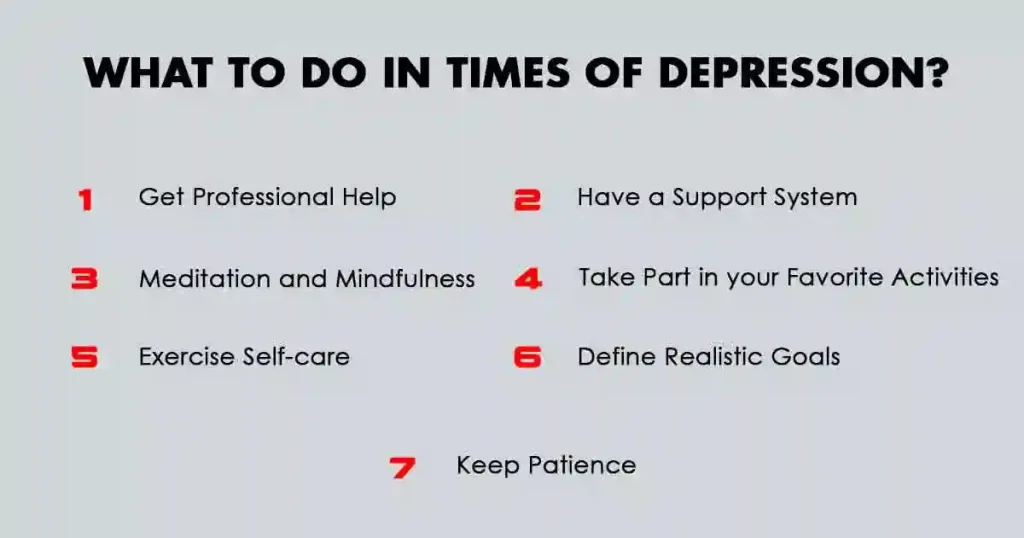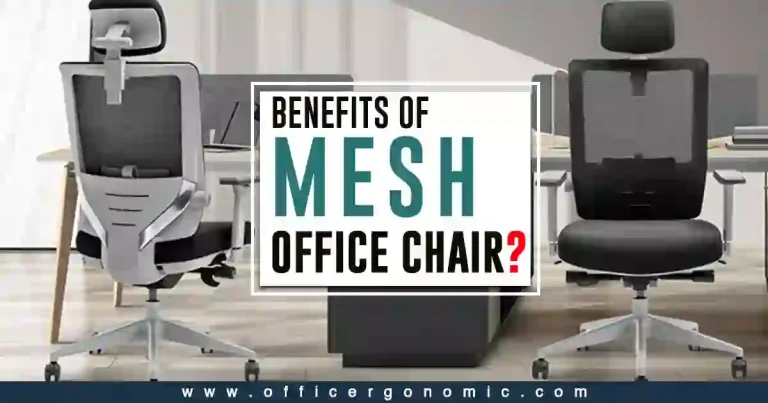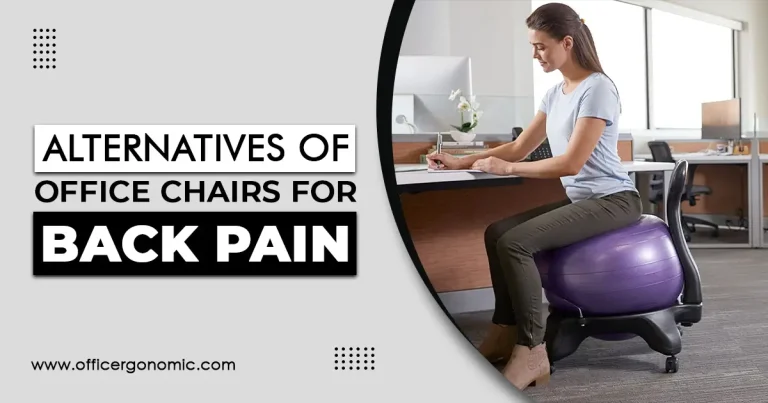What is an Anti-suicide Chair?
Suicide is a universal problem that transcends beyond socio-economic and cultural barriers. Families, friends, and communities all suffer greatly as a result of a dear one’s suicide, underscoring the need for comprehensive remedies. One such unique remedy is the use of a furniture item known as an Anti-Suicide chair.
An anti-suicide chair is a special type of chair deliberately designed in such a way as to reduce the danger of self-harm or suicide. It is mostly used in places like psychiatric institutions, asylums, mental hospitals, jails, or detention facilities. It can also serve as a warning mechanism for people who are at risk of harming themselves.
Emergence and Evolution of Anti-suicide Chairs
The alarming rise in suicide rates prompted the creation of an anti-suicide chair. It came into being as a result of collaborative efforts of mental health professionals, designers, and engineers with the collective goal of providing people with a secure atmosphere during times of distress.
The idea of anti-suicide furniture has been around for decades now. The early initiatives concentrated on making vulnerable people’s environment safe. Basic designs focused on reducing the risk of self-harm by removing sharp edges from chairs. Over time, advances in materials science allowed for the adoption of tamper-resistant materials that were difficult to disassemble.
This was done to stop people from using the furniture to make harmful tools or objects. Some anti-suicide chairs now also come with digital alert systems. As soon as the restraints of the chair are disturbed, an alarm sounds, and the concerned officials get informed on time before the occurrence of any mishap. Ethical debates have also accompanied the emergence and development of anti-suicide chairs. The issue is to strike a balance between protecting lives and upholding a person’s rights and dignity. These ethical issues are still an ongoing debate.
Design Features of Anti-suicide Chairs
An anti-suicide chair’s design features innovative characteristics and ergonomic structure. These features can be explained in terms of material, assembly, seat, rocking feature, etc.
Durable and Strong Material:
Because of the strong materials used in its construction, an anti-suicide chair is difficult to break and hence it cannot be used for self-harm. As a result, people suffering from depression and suicidal thoughts won’t be able to break the chair and bang its parts on their head.
No Pointed Edges:
Another feature that sets anti-suicide chairs apart from regular office chairs is the absence of sharp edges or corners which could be used to cause cuts or self-inflicted injuries. The psychological logic behind such a design is that when no sharp edges are in sight, suicidal thoughts either do not come to mind or wither away due to the non-availability of self-harming equipment.
Difficult to Disassemble:
Anti-suicide chairs are often made of parts that are difficult to disassemble or alter. They usually do not have any arm or headrest for the same reason. This is because their goal is to prevent the availability of potentially harmful furniture pieces or equipment that can be easily detached in the case of a regular chair.
Restrictive Belts and Hardware:
Some designs of anti-suicide chairs may include belts or restraints to control a person from hurting themselves with the chair. Several manufacturers also provide optional mounting hardware that fastens the chair firmly to the ground so that it cannot be lifted or inverted.
Soft Padded Seat:
The seat of a suicide-preventing chair can be neatly padded with the softest possible upholstery to prevent fracturing in case of throwing or hitting by a suicidal person.
Easy Visual Monitoring:
These chairs are often made in a way that it is easy to keep an eye on the person who is seated on the chair to ensure his or her safety. Especially, in prisons, mental hospitals, and corrections centers, ordinary chairs can have many spots where one can hide weapons. Anti-suicide chairs do not provide any such opportunity. The whole chair is visibly only one piece with no screws, bolts, or hidden cavities.
Rocking Feature:
Anti-suicide chairs can have a different rocking mechanism so that when a person feels anxiety, the rocking of the chair can help soothe it. Thus, the chances of any further aggressive behavior are minimized.
How Does an Anti-suicide Chair Work?
Anti-suicide chairs work by diminishing the chances of any potential self-harm. They work quite effectively by providing:
- Safety-oriented and non-toxic construction materials
- Non-detachable restraints and chair parts
- Ergonomic comfort and therapeutic benefits
- Built-in communication tools and collaborative care
- Remote monitoring and immediate help
- Positive environment with reduced stigma
Does a Rocking Chair Help with Anxiety?
There are different types of office chairs that relieve human stress and anxiety but a rocking chair is most effective. The gentle and rhythmic movement of a rocking chair can have calming and soothing effects on the mind as well as the body. Here are some ways by which a rocking rocker can help with anxiety:
Promotes a Sense of Well-Being:
The rocking movement of the chair can help relieve stress and foster a sense of well-being. It lowers cortisol levels, which are linked to stress, hence removing any anxious sensations.
Relaxes the Mind and Body:
A rocking chair’s smooth back-and-forth motion can help a person relax. The repetitive movement of the chair helps ease the nervous stress and lessens any muscle tightness, which can be very helpful for people suffering from anxiety.
Stimulates the Senses:
The sensory experience of rocking and the tactile sensation of the moving chair can provide a feeling of security to the anxious person. This can assist in lessening anxiety.
Improves Breathing:
Rocking can promote deep and regular breathing, which can in turn induce relaxation and reduction in stress levels. A controlled and slow breathing exercise can reduce symptoms of anxiety.
Engages in Mindfulness:
Focusing on the present moment is an essential component of mindfulness. Rocking in a chair provides a person with a mindful activity. As a result, mindfulness can divert a person’s attention from negative thoughts and fears. This engagement in a mindful task helps people to stay in the present moment.
While rocking chairs may help some people with anxiety, it is pertinent to remember that everyone’s experience can differ. What one person finds to be a useful tool for relaxation may not have the same impact on another. The effectiveness of a rocking chair also depends on the degree and nature of the anxiety. A rocking chair can control anxiety but as part of a comprehensive treatment strategy that may also include counseling, medication, or other coping mechanisms.
What to do in Times of Depression?
Although managing stress and coping with depression can be a difficult task, there are several actions one can take to reduce depressive thoughts. Following are some ideas that a person can consider:

Get Professional Help:
Getting professional help must be the topmost priority for all those suffering from any down feelings constantly. There’s nothing wrong in reaching out to professionals and trying to understand the deep-rooted causes of your sadness, depression, and lack of interest in life. Therapists or psychiatrists diagnose your issues, talk them out with you, and recommend medication and other curative measures needed to treat depression.
Have a Support System:
Express your feelings and thoughts to your loved ones around you. Go out with your friends and family even if you don’t feel like doing it. Having a support system can provide you with the desired emotional support and will surely make you feel less lonely. Remember that you are a human and it is okay to feel and be vulnerable, we all do.
Exercise Self-care:
Do not neglect your emotional or physical needs. Inculcate self-care in your daily life. It may include engaging in regular physical activity, eating a balanced diet, or receiving adequate rest. Do not use drugs or other substances because they only make the wave of depression worse.
Meditation and Mindfulness:
Meditation practices can help a person to stay in the present moment. Meditation or yoga in open air and green spaces can induce a state of calmness and relaxation. It can make one forget any past mistakes, regret, guilt, or negative thoughts.
Take Part in your Favorite Activities:
Even if you do not want to, try to take part in your favorite activities or discover new ones. Engaging in enjoyable activities can lift your spirits. Physical activities and exercises produce happy hormones in the body that can make you feel good.
Define Realistic Goals:
Most often depression is due to a loss or setback. To get back on track, begin with simple doable tasks and resort to larger ones over time. You will feel more accomplished as a result, which might help you fight emotions of despondency.
Keep Patience:
Be patient as depression recovery takes time and is not always smooth. Be kind to yourself and understand that change may come slowly.
Bottom Line!
Within the larger framework of the efforts aimed at preventing suicide, the concept of the Anti-suicide chairs has emerged as a thread interwoven with empathy and innovation. While their exact impact may require some more research assessments, their significance and ability to protect lives should not be underestimated. In short, it is a valuable contribution to the furniture industry.







